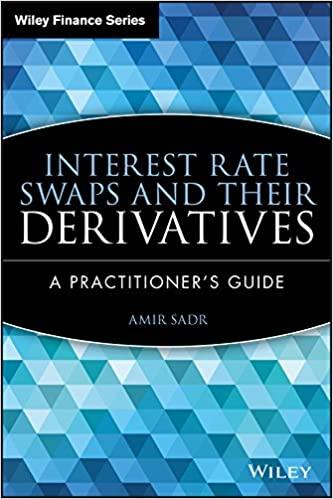Question
Table 4 gives the Student Alex CDNB assay data for the unknown protein. Again, you can plot this data using Excel. Table 4: Student Alex
Table 4 gives the Student Alex CDNB assay data for the unknown protein. Again, you can plot this data using Excel.
Table 4: Student Alex results for the crude lysate before purification of the GST-GFPS65T from the sample.
| Reaction time (min) | A340 for 1/8 dilution of lysate | A340 for 1/4 dilution of lysate | A340 for dilution of lysate |
| 0 | 0 | 0 | 0 |
| 1 | 0.10 | 0.19 | 0.40 |
| 2 | 0.23 | 0.48 | 0.47 |
| 3 | 0.31 | 0.51 | 0.50 |
| 4 | 0.44 | 0.49 | 0.51 |
| 5 | 0.53 | 0.52 | 0.50 |
Using the Student Alex data shown in Table 4, plot A340 against time for each dilution using all of the data shown in Table 4.
(1 mark)
Now you will calculate the rate of reaction for each concentration of enzyme. For your calculations of rate you should not be using all of the data given in this table. You should only use the portions of the graphs that are linear and show Vmax for the enzyme. Clearly show your marking team which parts of the data you are using for your calculations. You can do this in one of two ways.
EITHER Re-plot the data, to show the points you are using to calculate the rate
OR Circle the region on your three-line plot that you are using to calculate the rate.
(2 marks)
Find the equation for the linear (Vmax) part of the curve/s you are using in Section 11b and show it on the plot.
(1 mark)
Step by Step Solution
There are 3 Steps involved in it
Step: 1

Get Instant Access to Expert-Tailored Solutions
See step-by-step solutions with expert insights and AI powered tools for academic success
Step: 2

Step: 3

Ace Your Homework with AI
Get the answers you need in no time with our AI-driven, step-by-step assistance
Get Started


